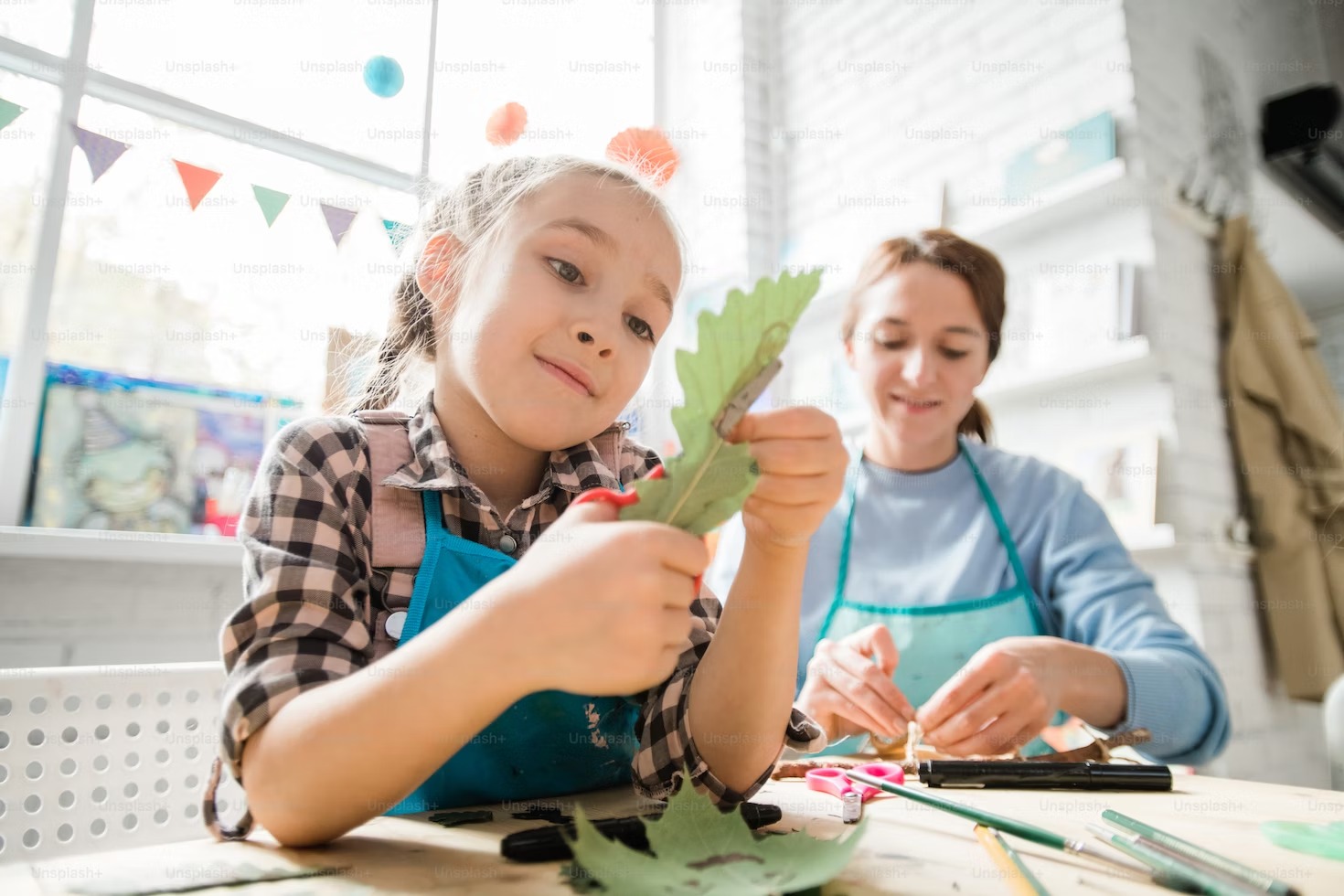Creativity is the lifeblood of art and design. It’s the spark that ignites the imagination, the force that fuels innovation, and the essence of what makes a piece of work truly remarkable. However, creativity is not an ephemeral muse that strikes at random; it’s a skill that can be cultivated through the development of creative habits. In this exploration, we will delve into the world of creative habits for artists and designers, uncovering the methods, routines, and practices that can help individuals unlock their creative potential.
Establishing a Creative Routine
A creative routine provides structure and consistency to an artist’s or designer’s life. It can serve as a dependable anchor in the tumultuous sea of creative pursuits. The key is to find a routine that aligns with your natural rhythms. Some artists thrive in the early morning, while others find their creative juices flowing in the quiet of the night. Whatever your preference, stick to a schedule that suits you and prioritize your creative time.
Set aside dedicated hours each day or week for creative work. Treat these appointments with yourself as sacred, just as you would with any other commitment. Over time, your brain will come to expect and anticipate these sessions, making it easier to slip into a creative mindset.
Embrace Playfulness and Curiosity
Creative habits often begin with a childlike sense of wonder and curiosity. Allow yourself to be playful and explore without the pressure of producing a masterpiece. Doodling, sketching, or brainstorming unrelated ideas can help stimulate your imagination and break down creative barriers.
Challenge yourself to look at the world through fresh eyes. Notice the small details, observe people, and absorb the environment around you. Curiosity and a keen sense of observation can provide an endless source of inspiration.
Keep a Creative Journal
A creative journal is a repository of ideas, sketches, and thoughts. It serves as a record of your creative journey, capturing moments of inspiration that might otherwise be forgotten. Many artists and designers find immense value in keeping a physical journal, but digital alternatives work just as well.
In your journal, document not only finished projects but also the process of creation. Write about your thoughts, emotions, and the challenges you faced. Include sketches, color swatches, and snippets of inspiration. Reviewing your journal can provide insight into your creative evolution and reignite ideas that have been put on hold.
Seek Inspiration Beyond Your Field
Creativity often thrives at the intersection of different disciplines. To break free from creative ruts, expose yourself to ideas and concepts from diverse sources. Read books, watch documentaries, attend lectures, and engage in conversations outside of your field.
Inspiration can be found in unexpected places. A fashion designer might draw inspiration from the patterns in a butterfly’s wings, while a painter might find new color palettes in the urban landscape. By constantly expanding your horizons, you’ll have a wealth of ideas to draw from.
Collaborate and Share Ideas
Collaboration can be a powerful catalyst for creativity. Working with others, whether fellow artists, designers, or individuals from different backgrounds, can lead to fresh perspectives and digital innovative solutions. Share your ideas, seek feedback, and be open to constructive criticism.
Collaborative projects can also provide accountability and motivation. Knowing that others are depending on you can push you to step outside your comfort zone and explore new creative avenues.
Embrace Failure and Learn from Mistakes
Creativity is not always a linear path to success. Failure and mistakes are integral parts of the creative process. Instead of fearing them, embrace them as opportunities to learn and grow. Some of the most groundbreaking innovations have arisen from unexpected failures.
Keep a record of your creative missteps and what you’ve learned from them. Failure should not be a deterrent but a stepping stone towards improvement.
Practice Mindfulness and Self-Care
A stressed mind is rarely a creative one. Practicing mindfulness techniques, such as meditation or deep breathing exercises, can help clear mental clutter and foster a calm, receptive state of mind. Make time for self-care activities that rejuvenate your spirit, whether it’s taking nature walks, enjoying a hobby unrelated to your art, or simply resting when needed.
Emulate and Study Masters
Learning from the great masters of your field and related disciplines is a time-tested way to nurture your creative instincts. Study their works, techniques, and philosophies. What made them innovative and influential? How did they approach their craft?
Don’t limit yourself to contemporary artists and designers; delve into art history and explore the classics. The insights gained from studying the masters can provide a rich tapestry of knowledge to weave into your own work.
Experiment and Take Risks
Creativity thrives on experimentation and risk-taking. Don’t be afraid to step out of your comfort zone, try new mediums, or challenge conventional norms. Innovation often emerges when boundaries are pushed and rules are bent.
Set aside time for personal projects that allow you to experiment freely without the constraints of client expectations. These projects can be fertile ground for cultivating unique ideas and techniques.
Reflect and Revise
Periodically review your creative habits and processes. What’s working? What’s not? Are there habits that have become stale or counterproductive? Be willing to revise and adapt your creative routine as you evolve as an artist or designer.
Seek feedback from peers or mentors, and don’t be afraid to make changes. The creative journey is a dynamic one, and your habits should evolve with you.
Making art is good for your health
Making art is not just a creative endeavor; it’s also a therapeutic and enriching experience that can have profound positive effects on your overall health and well-being. Whether you’re an experienced artist or simply dabbling in artistic pursuits, engaging in the creative process can be a powerful tool for self-expression, stress reduction, and personal growth. In this article, we’ll explore how making art is good for your health and why you should consider incorporating it into your life.
1. Stress Reduction:
One of the most significant benefits of making art is its ability to reduce stress. Engaging in artistic activities such as painting, drawing, or sculpting allows you to focus your mind on the present moment, creating a state of mindfulness. This mindful state helps to lower stress levels by diverting your attention away from worries and anxieties. The act of creating art can be meditative and calming, providing a much-needed break from the demands of daily life.
2. Emotional Expression:
Art provides a unique avenue for expressing emotions that may be challenging to convey through words alone. Whether you’re processing grief, joy, anger, or confusion, creating art can be a safe and constructive way to express and explore your feelings. The act of translating emotions into art can be cathartic, helping you gain a deeper understanding of yourself and your emotions.
3. Boosts Self-Esteem:
Engaging in art can boost self-esteem and self-confidence. As you create, you develop a sense of accomplishment, regardless of your skill level. Witnessing your own progress and the completion of artistic projects can be immensely satisfying and empowering. This increased self-worth can spill over into other areas of your life, promoting a more positive self-image.
4. Cognitive Benefits:
Art-making is a cognitively engaging activity that stimulates various areas of the brain. It encourages problem-solving, critical thinking, and creativity. It can also enhance your memory and focus as you work on fine details and intricate designs. These cognitive benefits can be especially important as you age, helping to maintain mental sharpness.
5. Connection and Socialization:
Art is often a communal experience. Participating in art classes, workshops, or group projects can provide opportunities for social interaction and connection with others who share similar interests. These social connections can combat feelings of loneliness and isolation, contributing to overall mental and emotional well-being.
6. Personal Growth:
Art-making can be a journey of personal growth and self-discovery. It encourages experimentation, risk-taking, and the willingness to embrace imperfections. These experiences can foster resilience and a more adaptable mindset, making you better equipped to navigate life’s challenges.
7. Physical Benefits:
Creating art can have physical benefits as well. Engaging in activities like painting, drawing, or ceramics can improve fine motor skills and hand-eye coordination. The physical act of creating art can also serve as a form of gentle exercise, promoting physical health.
Conclusion
Cultivating creative habits is an ongoing journey, not a destination. Artists and designers who commit to nurturing their creativity through consistent practices, curiosity, and adaptability are more likely to produce innovative and captivating work. Remember that creativity is not a finite resource; the more you invest in your creative habits, the more you will discover your capacity to produce fresh, inspiring, and unique creations. So, embrace the creative journey, and let your artistic and design pursuits flourish through the power of habit.

